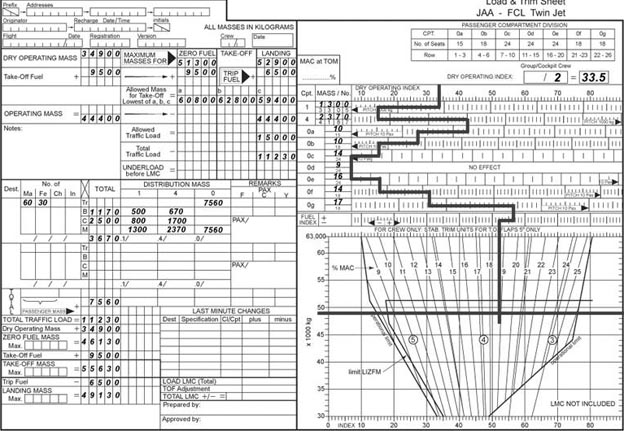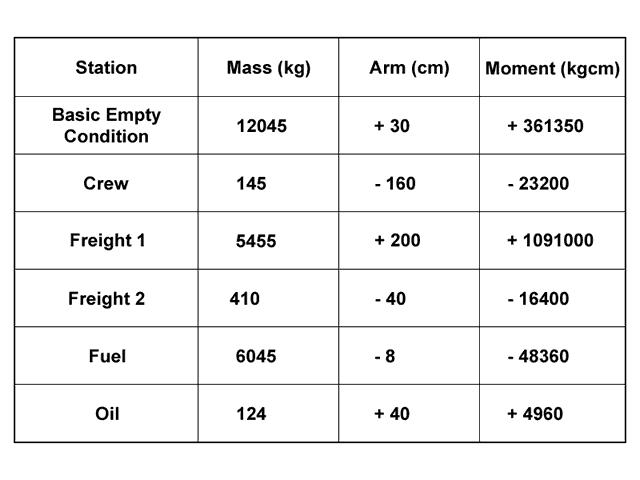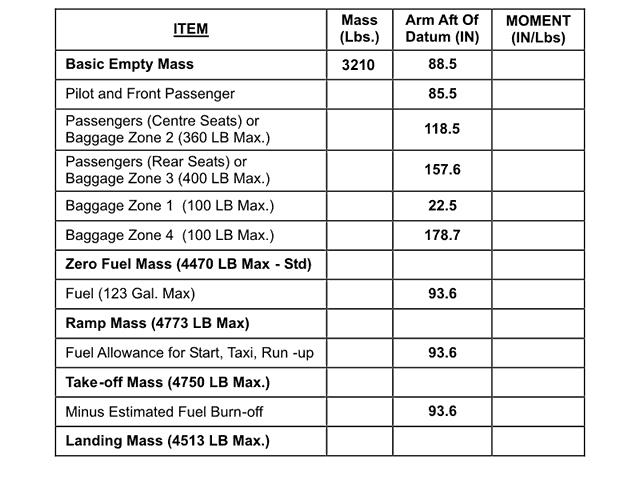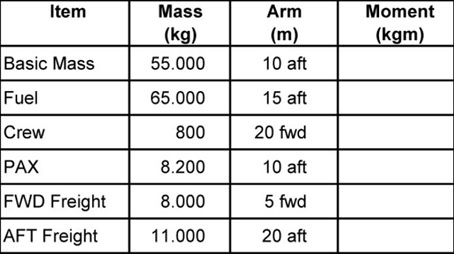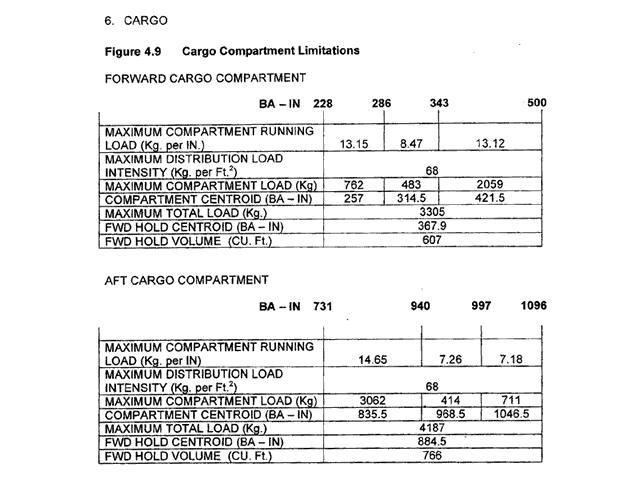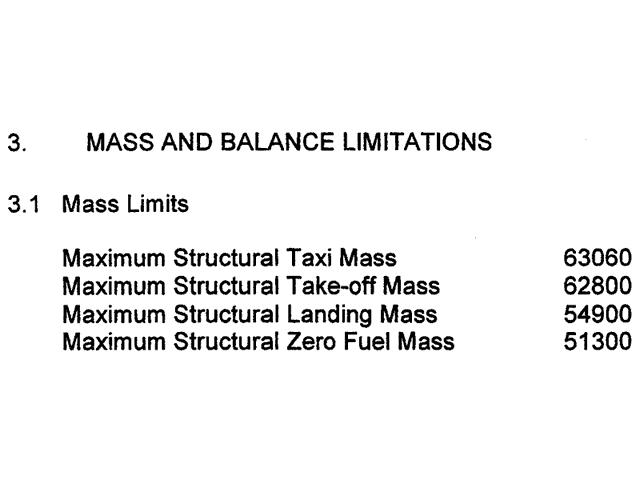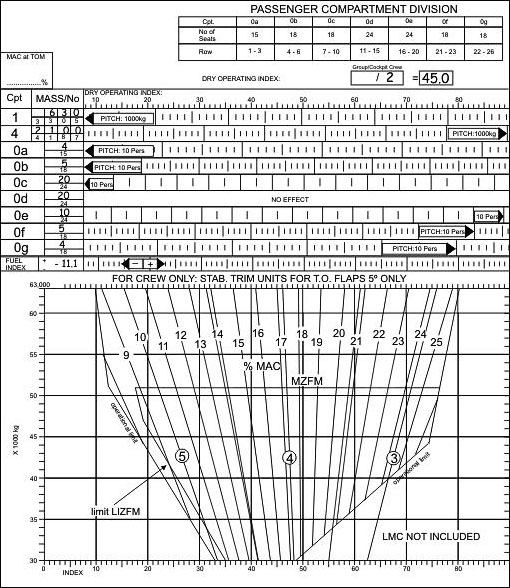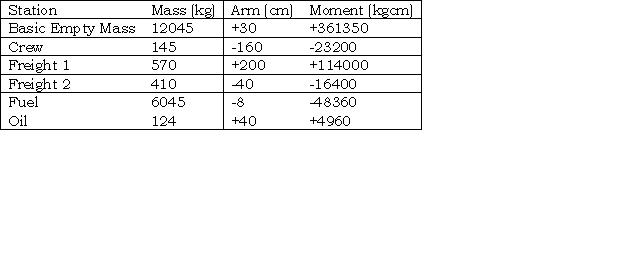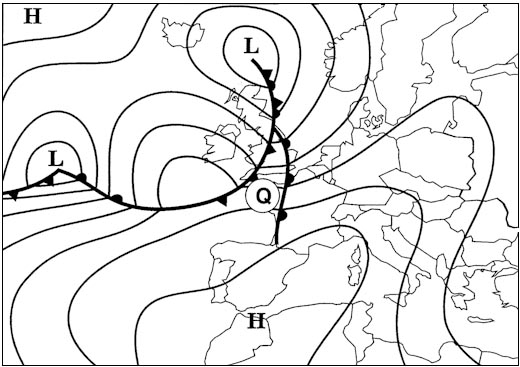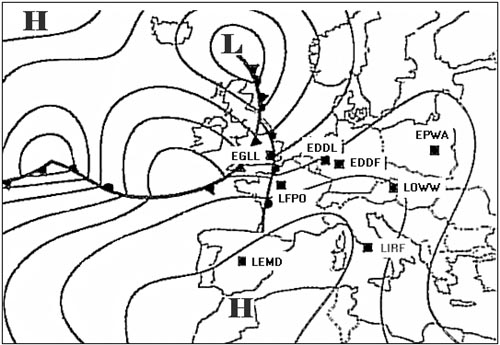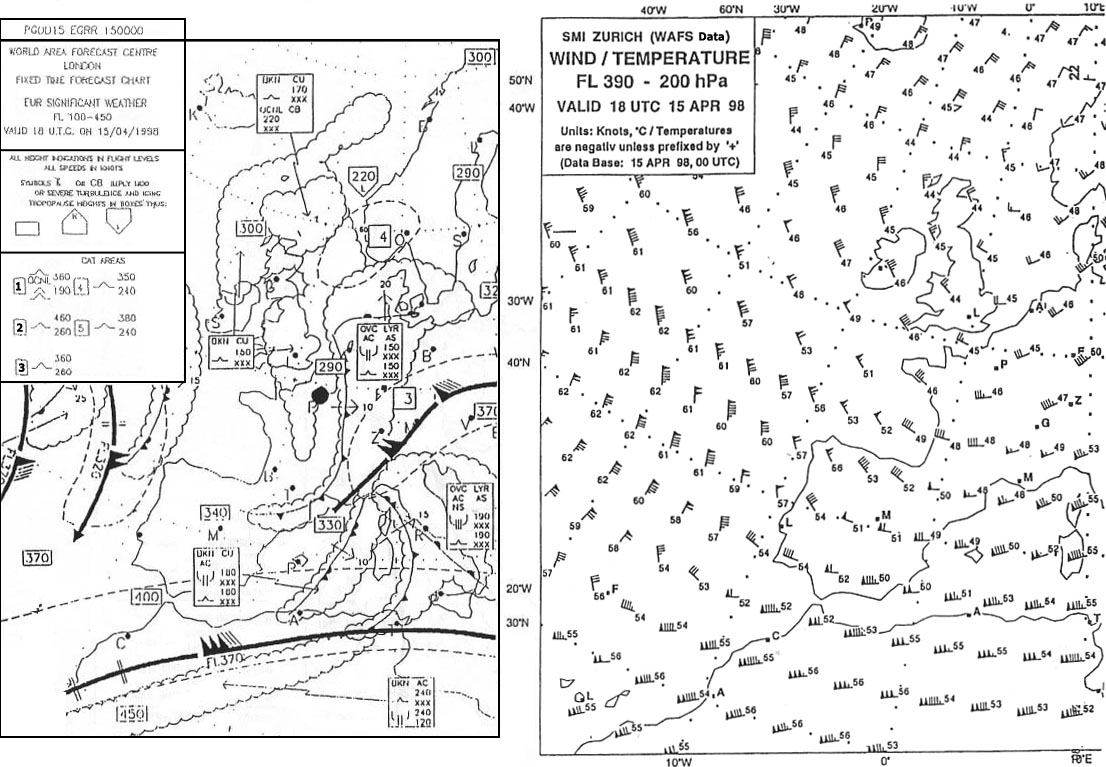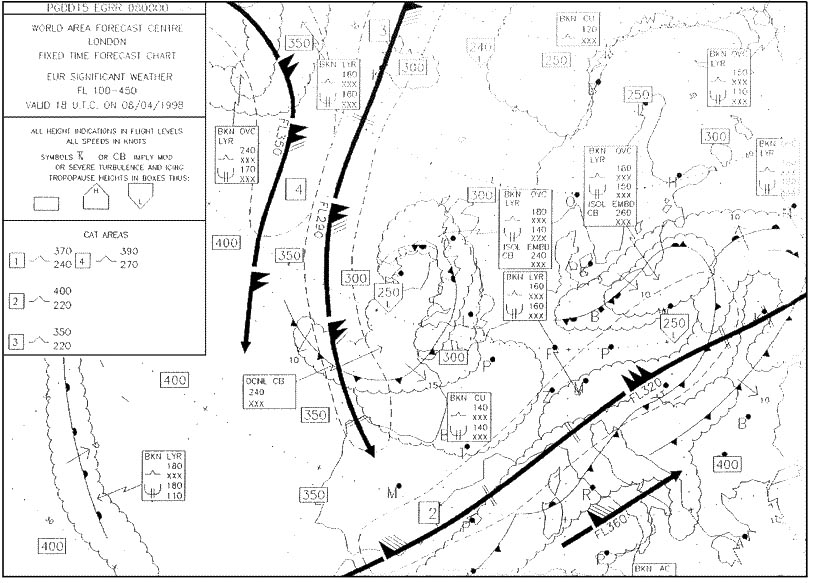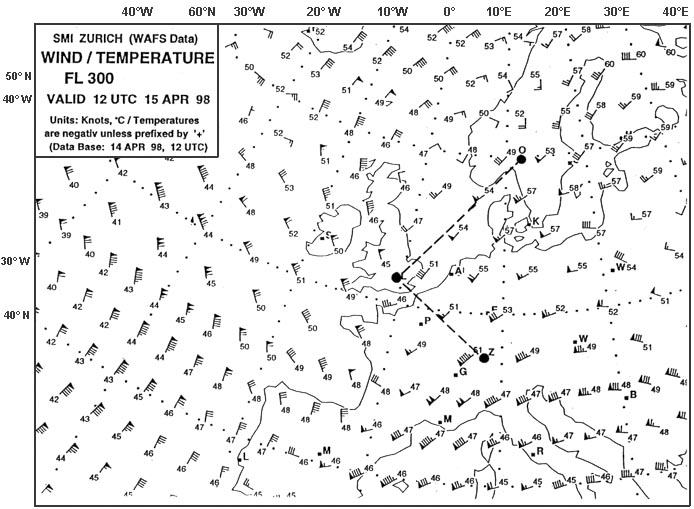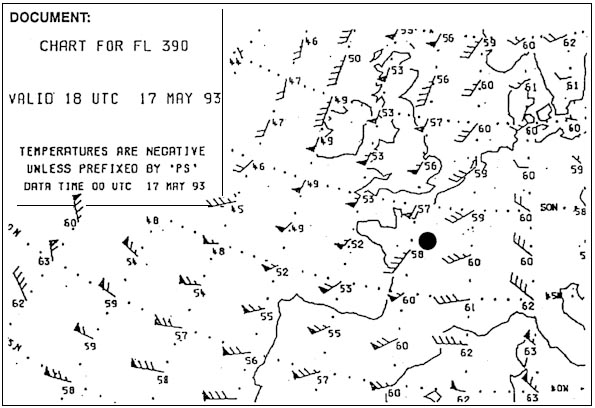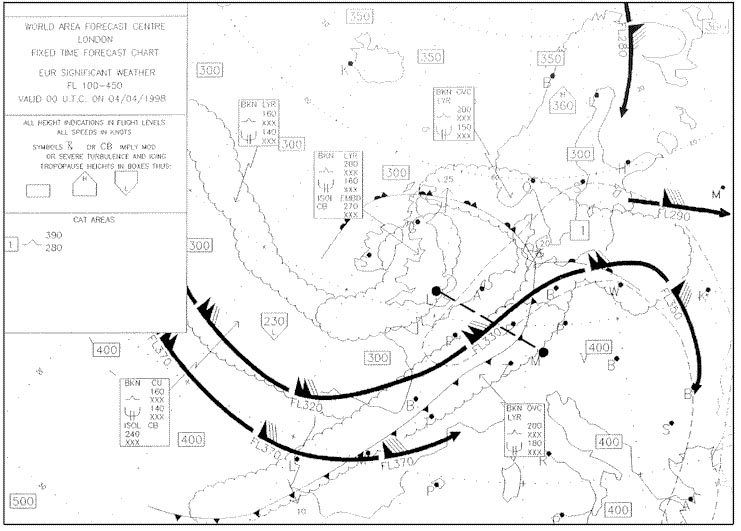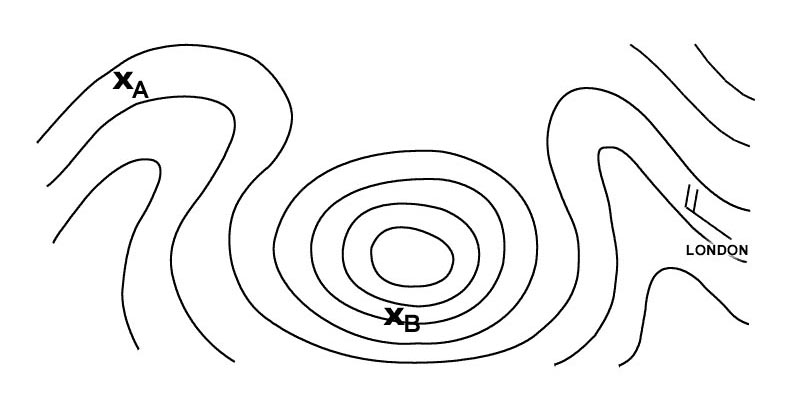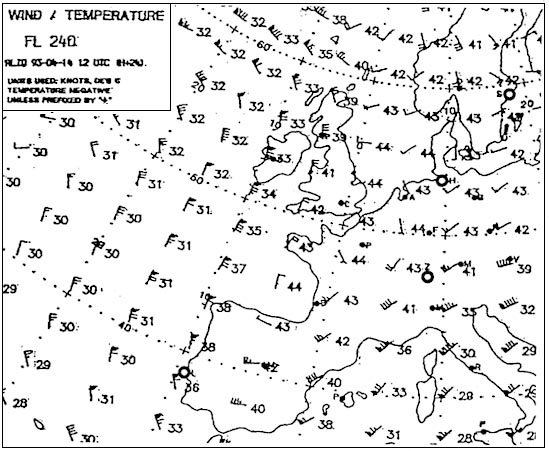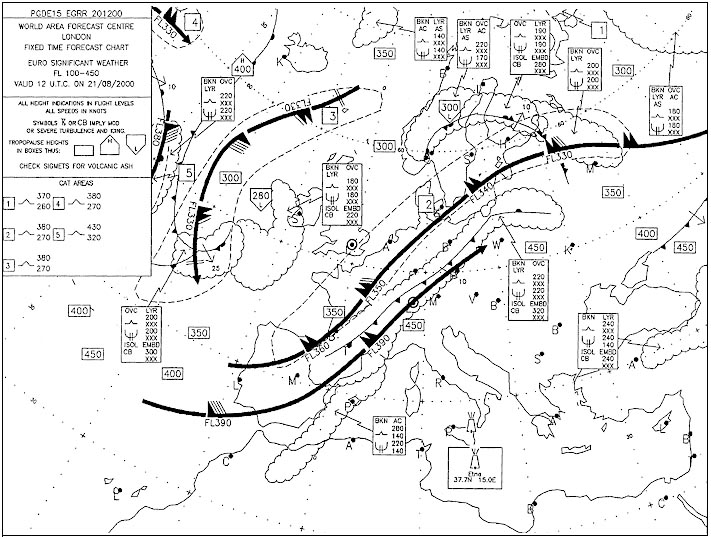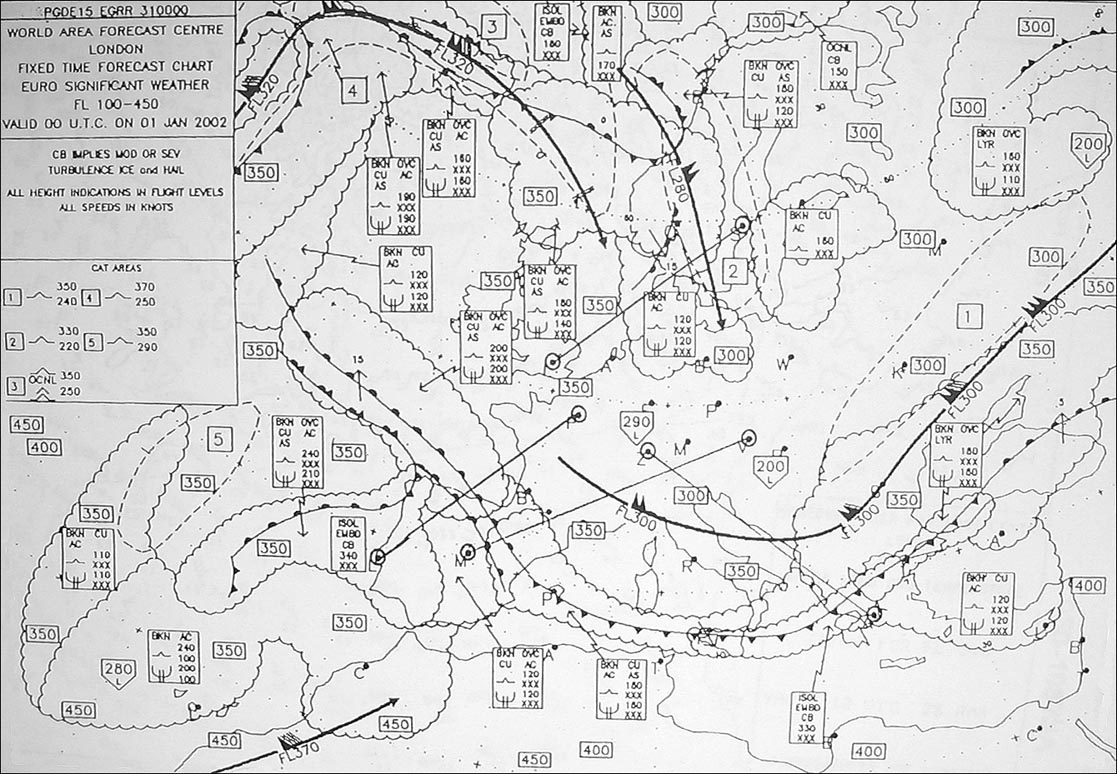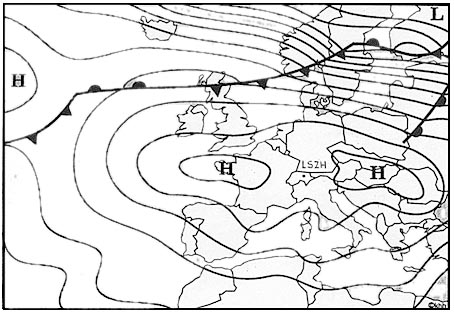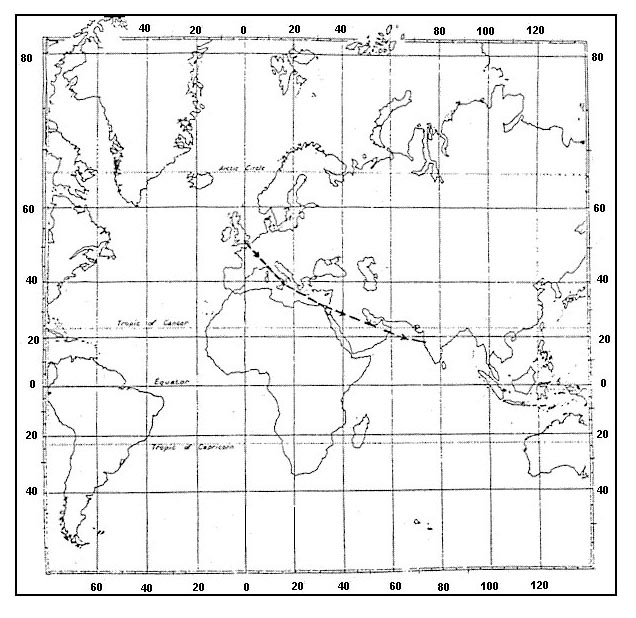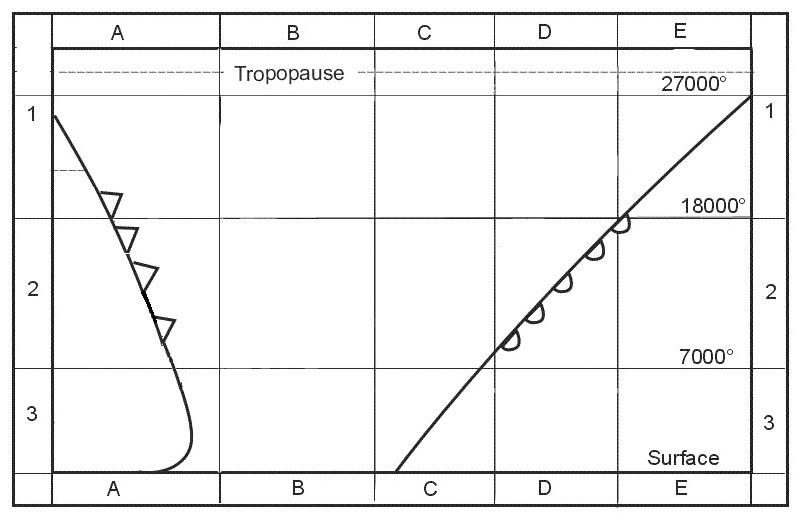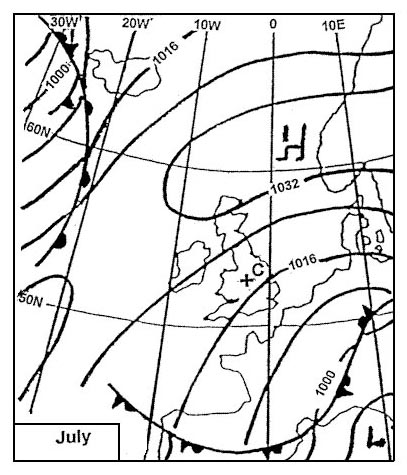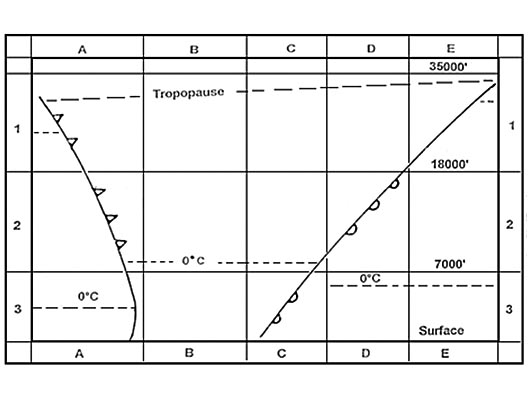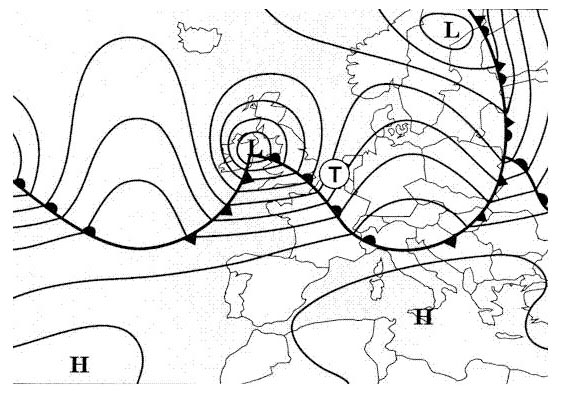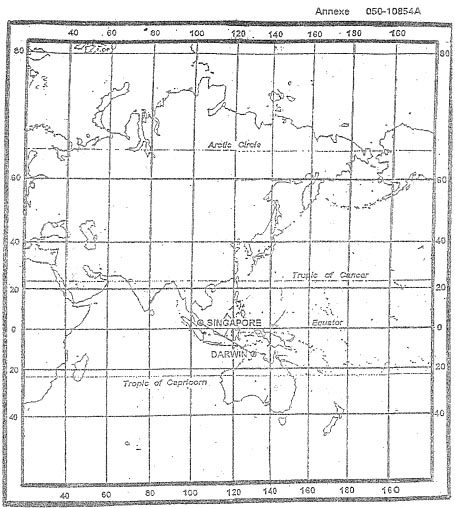Sign up to unlock all our services and 15164 corrected and explained questions.
Question 93-1 : Induced drag is caused by ? [ Deepen EASA ]
Question 93-2 : How does an increase in aircraft mass affect the gliding range ?
Question 93-3 : Under what condition does pressure altitude has the same value as density altitude ?
Question 93-4 : What is true about a clearway ?
Question 93-5 : The effect an increase of weight has on the value of stalling speed las is that vs ?
Increases
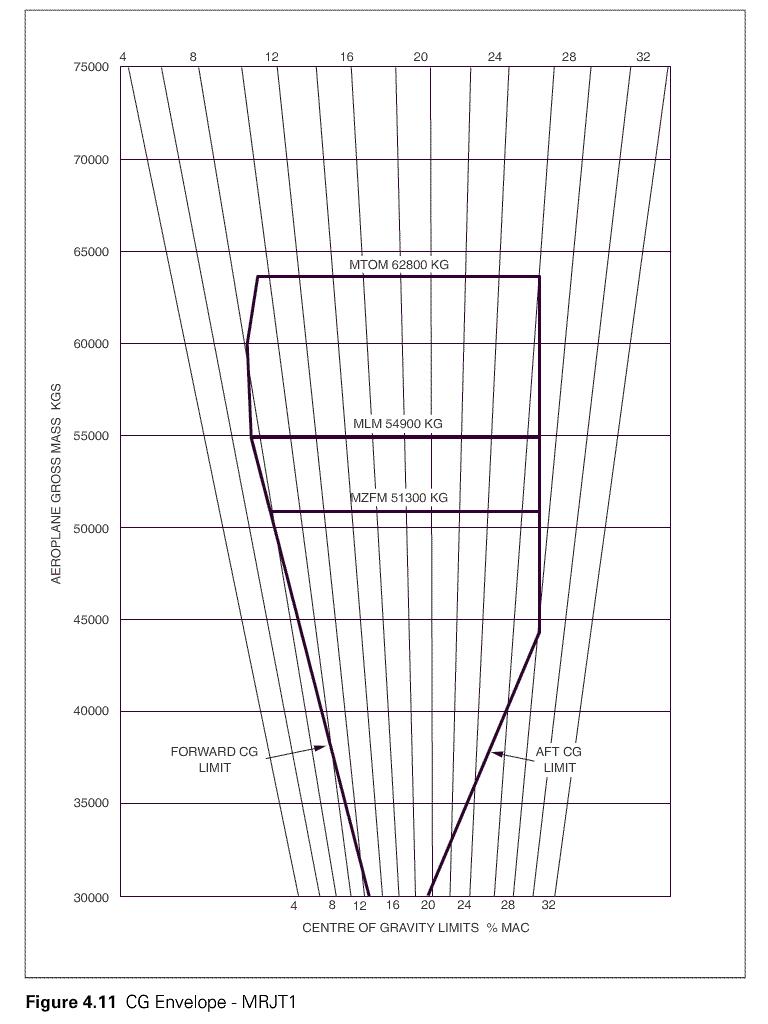
Question 93-6 : An aircraft has a stall speed of 83 kt on short final its speed will be ?
Question 93-7 : The parameters taken into account for take off performance calculations are ?
Question 93-8 : For a piston engine aeroplane the speed for maximum range is ?
That which gives the maximum lift to drag ratio
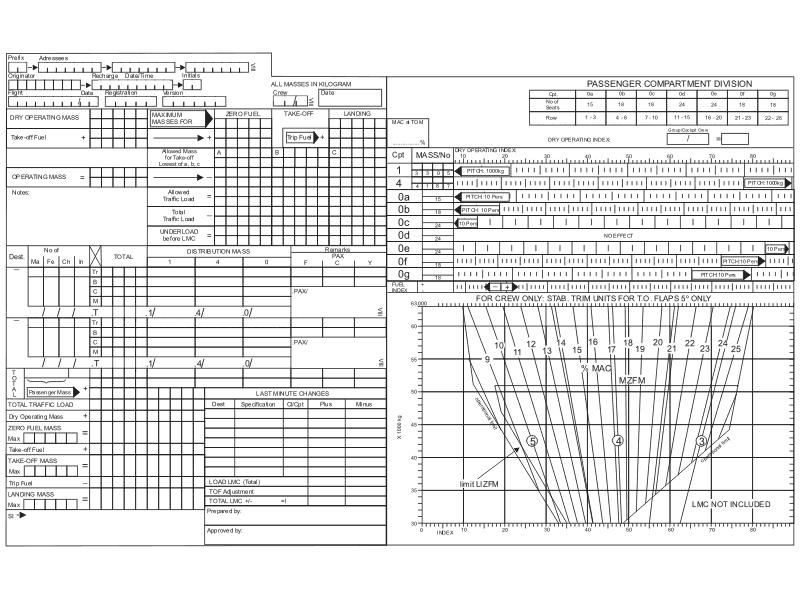
Question 93-9 : Maximum endurance for a piston engine aeroplane is achieved at ?
The speed that approximately corresponds to the maximum rate of climb speed
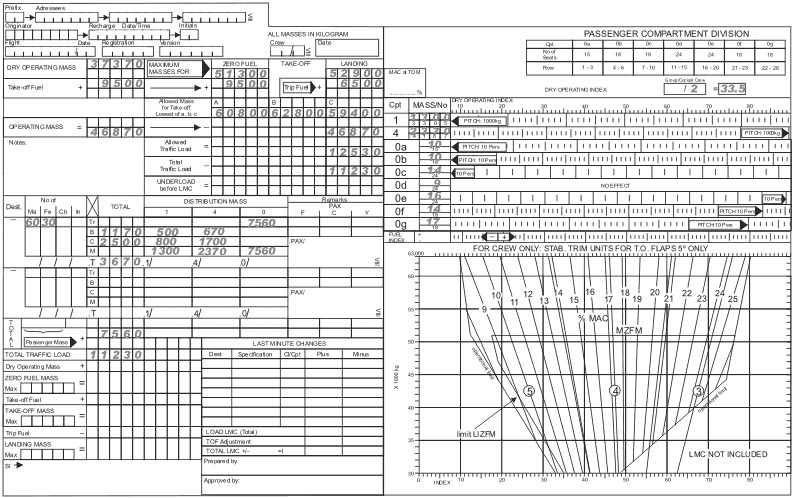
Question 93-10 : The maximum indicated air speed of a piston engine aeroplane without turbo charger in level flight is reached ?
Question 93-11 : At reference or see performance manual sep1 1 figure 2 4 .with regard to the graph for landing performance what is the minimum headwind component required in order to land at helgoland airport .given .runway length 1300 ft.runway elevation msl.weather assume isa conditions.mass 3200 lbs.obstacle ?
Question 93-12 : How does the thrust of a propeller vary during take off run assuming unstalled flow conditions at the propeller blades .the thrust ?
Decreases while the aeroplane speed builds up
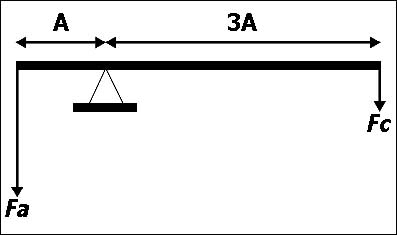
Question 93-13 : In a given configuration the endurance of a piston engine aeroplane only depends on ?
Altitude speed mass and fuel on board
Question 93-14 : At a higher gross mass on a piston engined aeroplane in order to maintain a given angle of attack configuration and altitude ?
The airspeed must be increased and the drag will also increase
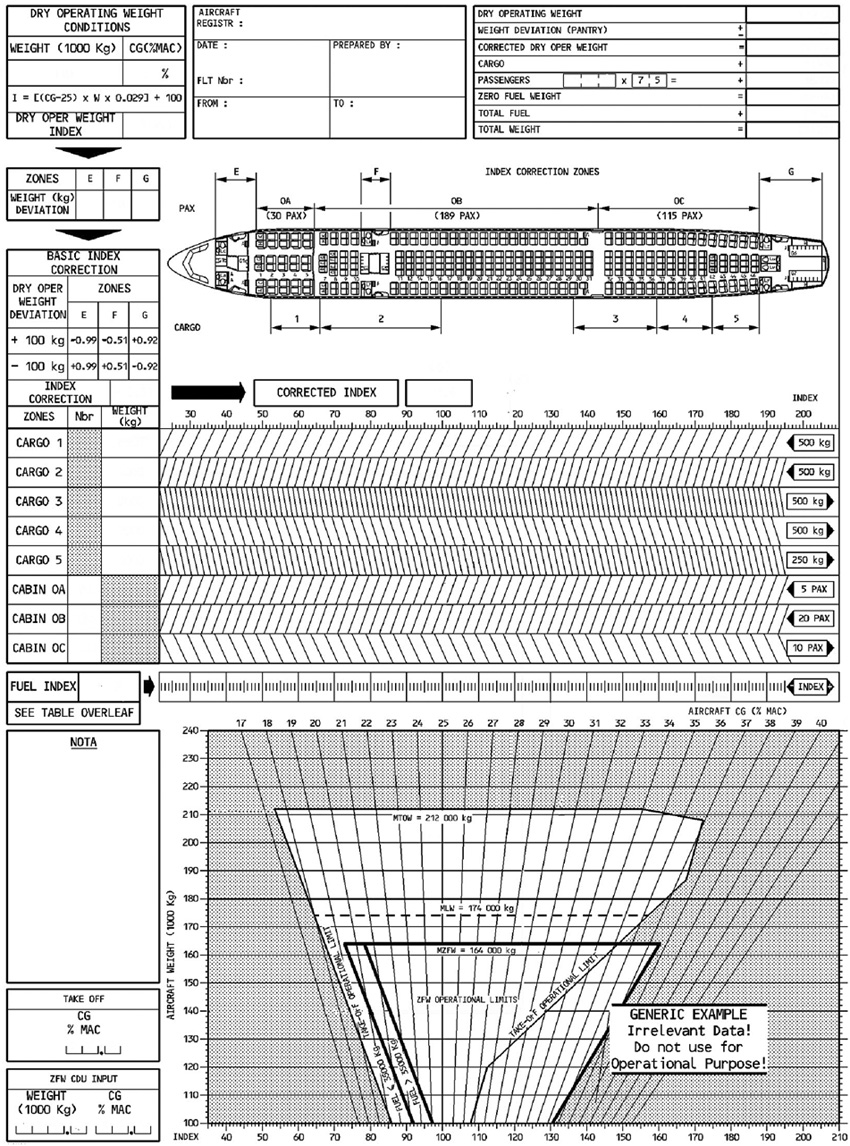
Question 93-15 : On a reciprocating engine aeroplane to maintain a given angle of attack configuration and altitude at higher gross mass ?
An increase in airspeed and power is required
Question 93-16 : An aeroplane with reciprocating engines is flying at a constant angle of attack mass and configuration .with increasing altitude the drag ?
Question 93-17 : On a reciprocating engine aeroplane with increasing altitude at constant gross mass angle of attack and configuration the power required ?
Increases and the tas increases by the same percentage
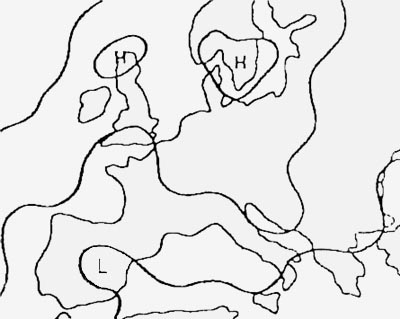
Question 93-18 : At reference or see performance manual sep 1 figure 2 4 .with regard to the landing chart for the single engine aeroplane determine the landing distance from a height of 50 ft .given .o a t 27 °c.pressure altitude 3000 ft.aeroplane mass 2900 lbs.tailwind component 5 kt.flaps landing position ?
Question 93-19 : Performance manual sep 1 figure 2 4 .with regard to the landing chart for the single engine aeroplane determine the landing distance from a height of 50 ft.given .o a t isa +15°c.pressure altitude 0 ft.aeroplane mass 2940 lb.tailwind component 10 kt.flaps landing position down .runway tarred and ?
Question 93-20 : For this question use annex 032 005 or performance manual sep 1 figure 2 4 .with regard to the landing chart for the single engine aeroplane determine the landing distance from a height of 50 ft .given .oat isa +15°c.pressure altitude 0 ft.aeroplane mass 2940 lb.headwind component 10 kt.flaps ?
Question 93-21 : With regard to the take off performance chart for the single engine aeroplane determine the maximum allowable take off mass .given .o a t isa.pressure altitude 4000 ft.headwind component 5 kt.flaps up.runway tarred and dry.factored runway length 2000 ft.obstacle height 50 ft . 2143 ?
Question 93-22 : At reference or see performance manual sep 1 figure 2 2 .with regard to the take off performance chart for the single engine aeroplane determine the take off distance to a height of 50 ft .given .oat 7°c.pressure altitude 7000 ft.aeroplane mass 2950 lbs.headwind component 5 kt.flaps approach ?
Question 93-23 : At reference or see performance manual sep 1 figure 2 1 .with regard to the take off performance chart for the single engine aeroplane determine the take off speed for 1 rotation and 2 at a height of 50 ft .given .o a t isa+10°c.pressure altitude 5000 ft.aeroplane mass 3400 lbs.headwind component ?
Question 93-24 : At reference or see performance manual sep 1 figure 2 2 .with regard to the take off performance chart for the single engine aeroplane determine the take off distance to a height of 50 ft .given .o a t 38°c.pressure altitude 4000 ft.aeroplane mass 3400 lbs.tailwind component 5 kt.flaps approach ?
Question 93-25 : With regard to the climb performance chart for the single engine aeroplane determine the climb speed ft/min .o a t isa + 15°c.pressure altitude 0 ft.aeroplane mass 3400 lbs.flaps up.speed 100 kias . 2139 ?
Question 93-26 : At reference or see performance manual sep 1 figure 2 2 .with regard to the take off performance chart for the single engine aeroplane determine the take off distance over a 50 ft obstacle height .given .o a t 30°c.pressure altitude 1000 ft.aeroplane mass 2950 lbs.tailwind component 5 kt.flaps ?
Question 93-27 : Using the landing diagram for single engine aeroplane determine the landing distance from a screen height of 50 ft in the following conditions .given .pressure altitude 4000 ft.o a t 5°c.aeroplane mass 3530 lbs.headwind component 15 kt.flaps down.runway tarred and dry.landing gear down . 2135 ?
Question 93-28 : The pilot of a single engine aircraft has established the climb performance .the carriage of an additional passenger will cause the climb performance to be ?
Question 93-29 : An extract of the flight manual of a single engine propeller aircraft is reproduced in annex .airport characteristics hard dry and zero slope runway.actual conditions are .pressure altitude 1 500 ft.outside temperature +18°c.wind component 4 knots tailwind.for a take off mass of 1 270 kg the take ?
Question 93-30 : With regard to the landing chart for the single engine aeroplane determine the landing distance from a height of 50 ft .given .o a t isa.pressure altitude 1000 ft.aeroplane mass 3500 lbs.tailwind component 5 kt.flaps landing position down .runway tarred and dry . 2136 ?
Question 93-31 : With regard to the take off performance chart for the single engine aeroplane determine the take off distance to a height of 50 ft .given .o a t 30°c.pressure altitude 1000 ft.aeroplane mass 3450 lbs.tailwind component 2 5 kt.flaps up.runway tarred and dry . 2134 ?
Question 93-32 : For this question use reference or performance manual sep 1 figure 2 1.with regard to the take off performance chart for the single engine aeroplane determine the maximum allowable take off mass .given .oat isa.pressure altitude 4000 ft.headwind component 5 kt.flaps up.runway tarred and ?
Question 93-33 : Consider the graphic representation of the power required versus true air speed tas for a piston engined aeroplane with a given mass .when drawing the tangent from the origin the point of contact a determines the speed of . 2133 ?
Question 93-34 : For this question use reference sep 1 figure 2 3 .using the climb performance chart for the single engine aeroplane determine the ground distance to reach a height of 1500 ft above the reference zero in the following conditions .given .o a t at take off isa.airport pressure altitude 5000 ?
15640 ft
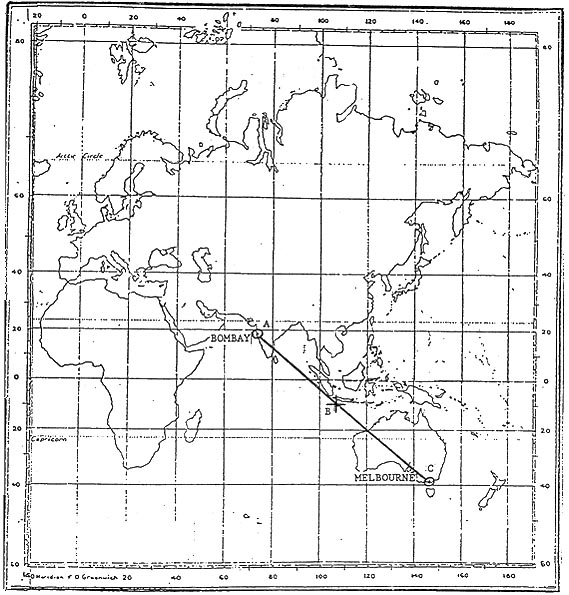
Question 93-35 : For this question use reference .using the climb performance chart for the single engine aeroplane determine the rate of climb and the gradient of climb in the following conditions .given .o a t at take off isa.airport pressure altitude 3000 ft.aeroplane mass 3450 lbs.speed 100 kias . err a 032 363 ?
Question 93-36 : At reference or use performance manual sep 1 figure 2 1.airport characteristics hard dry and runway slope zero.actual conditions are .pressure altitude 1500 ft.outside temperature +18°c.wind component 4 kt tailwind.for a take off mass of 2800 lbs the take off distance will be . err a 032 405 ?
Question 93-37 : Unless otherwise specified in the afm for a performance class b aeroplane landing on a downhill runway what factor must be applied for each 1% of downslope ?
Question 93-38 : Unless otherwise specified in the afm for a performance class b aeroplane taking off on a uphill runway what factor must be applied for each 1% of uphill slope ?
Question 93-39 : The following conditions are observed at an airport runway 13 wind 140° for 30 kt .a pilot can determine a crosswind component of ?
Question 93-40 : Maximum crosswind demonstrated is equal to 0 2 vs0 and the following conditions are observed at an airport .vs0 70kt landing runway 35 wind 300° for 20 kt ?
~
Exclusive rights reserved. Reproduction prohibited under penalty of prosecution.
3679 Free Training Exam

